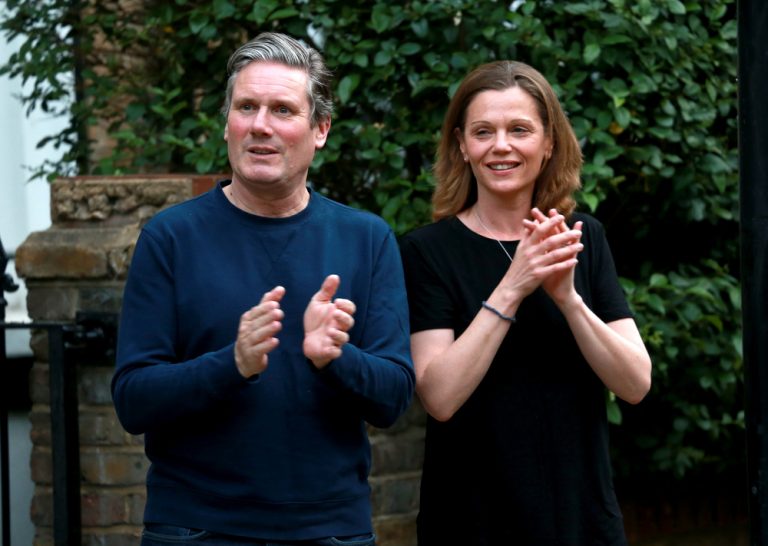In front of delighted delegates, the Labour Party has profiled its response to the perilous workforce crisis in the NHS at its conference in Liverpool.
In speeches by both the Leader, Keir Starmer and the Shadow Chancellor, Rachel Reeves they announced new targets and investment in NHS staff training.
To cheers from delegates Reeves said: “The next Labour government will double the number of district nurses qualifying every year,”
“We will train more than 5,000 new health visitors. We will create an additional 10,000 nursing and midwife placements every year.”
Labour promised to produce a long-term workforce plan for the NHS for the next five, 10 and 15 years and said it would “implement the biggest expansion of medical school places in British history, doubling the number of medical students so our NHS has doctors it needs”.
Reeves revealed that Labour would pay for the policy by reintroducing the 45% tax rate, creating a clear water in policy terms with the Truss government – on both tax, and their commitment to fund workforce expansion.
Missed targets
The Conservatives made manifesto promises to introduce 6000 more GPs and 50,000 more nurses.
There are now 1,608 fewer fully qualified full-time equivalent GPs today than there were in 2015.
Despite ministerial claims to be on track with nursing recruitment, the target will be missed by 10,000 according to the latest predictions.
District nursing numbers have fallen by 46% since 2009, and are down over the last 5 years too, whilst caseloads are climbing.
For community nursing as whole, mental health nursing and learning disability nursing, the numbers are all already lower than they were in June 2010, according to the Health Foundation.
Efforts to reach recruitment targets have partly been undermined by the fact that many more NHS staff are leaving their jobs, to retire or to escape work pressures.
For Labour to be successful it must contend with all sides of the workforce problem – training, recruitment and retention.
Released this week, a report on safe staffing at Kingston Hospital Foundation Trust exemplifies how NHS trusts are wrestling with all three factors. The trust has a 17% turnover rate of nursing staff, 4% above their target. It blames the slowing of the inflow of international nurses since 2020 and the high number of qualified nurses leaving in 2021, which has increased by 39%.
45% of those leaving the trust moved to another NHS Trust, 22% retired and 17% cited work life balance as their reason for leaving.
Overall, the UK ranks below the average of high-income OECD countries in terms of both the number of practising nurses and the annual number of new nurse graduates, relative to its population. It has just under eight practising nurses per 1,000 population, while the OECD average is nine. Germany has more than 13 nurses per 1,000, while Australia has 12 and Belgium and the Netherlands each have 11.
Steep challenge
As previously discussed in the Lowdown, Analysts at the REAL centre calculated that by 2030/31, up to an extra 488,000 health care staff would be needed to meet demand pressures and recover from the pandemic – a 40% increase in the workforce and double the growth seen in the last decade.
They also found that 6oo,000 extra social care staff would be needed – 55% more, and 4 times greater than the increases of the last decade.
Dear Reader,
If you like our content please support our campaigning journalism to protect health care for all.
Our goal is to inform people, hold our politicians to account and help to build change through evidence based ideas.
Everyone should have access to comprehensive healthcare, but our NHS needs support. You can help us to continue to counter bad policy, battle neglect of the NHS and correct dangerous mis-infomation.
Supporters of the NHS are crucial in sustaining our health service and with your help we will be able to engage more people in securing its future.
Please donate to help support our campaigning NHS research and journalism.


